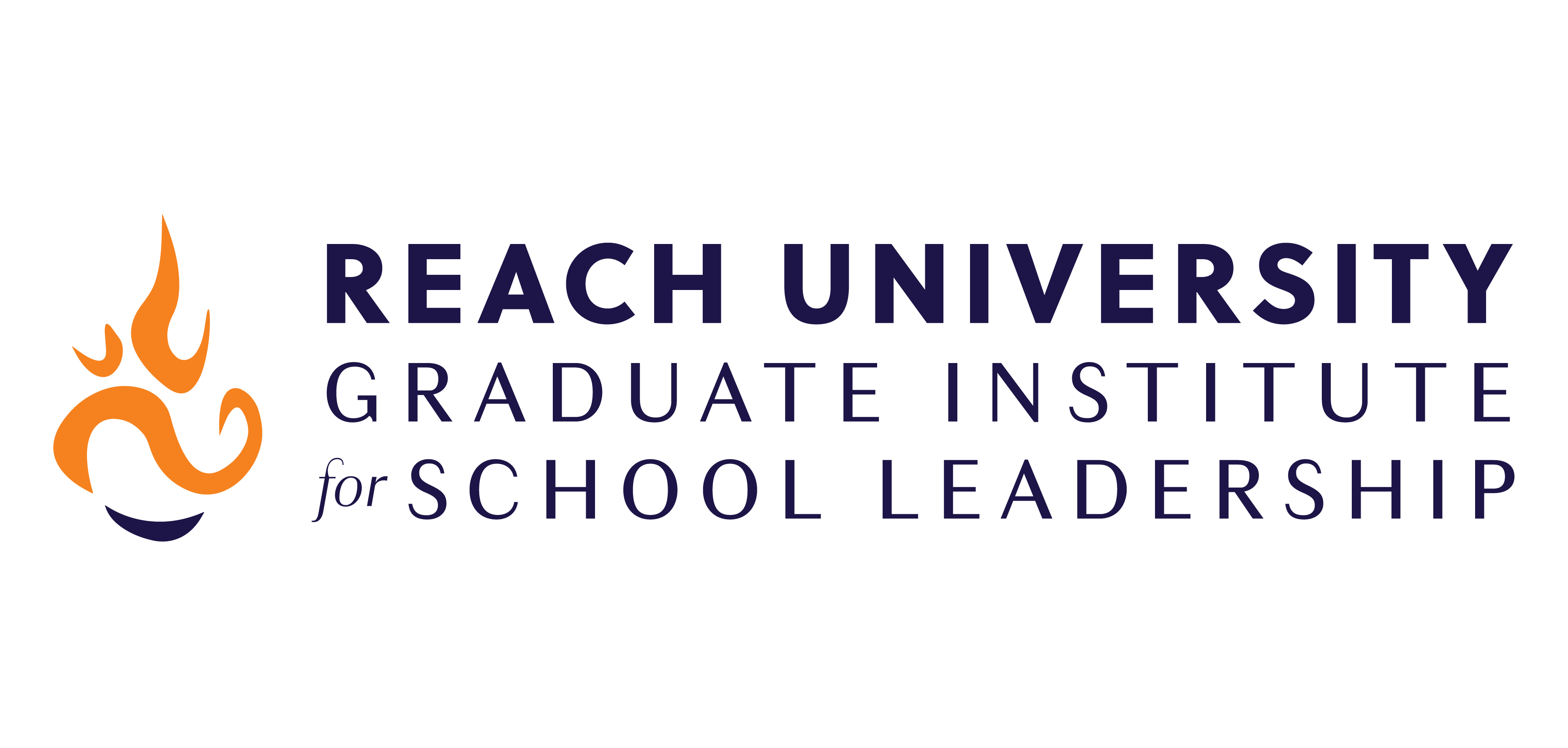Heritage Learner Instruction: Incorporating Code-switching

In this Action Research Project, students in an urban high school Advanced Placement (AP) Spanish Language and Culture class were experiencing anxiety about producing orally in the classroom. The class was comprised entirely of bilingual children of Mexican and Central American immigrants, only one of whom had been in any previous courses taught in Spanish in their educational careers. Interviews with students and the subsequent research conducted suggested that their apprehension was a result of societal devaluation of bilingual language production. The recommendations of the literature review were to challenge those societal perceptions about linguistic correctness and prestige. Three problem sets had students engage with their bilingualism in ways that presented them with a new framework with which to view their linguistic abilities. Students were given opportunities to interact with culturally relevant material and produce oral presentations as if they were in a non-educational setting. Students were then given opportunities to practice producing oral presentations consistent with the expectations for the AP Spanish Language and Culture Examination. The intention of counter-positing these was to lower their affective filter and establish a clearer distinction between the two methods of production, consistent with methods used in teaching English to African-American students who use code-switching. The results were that students felt more confident in their abilities and were able to produce longer utterances with fewer instances of interference from English in their practice AP presentations.

